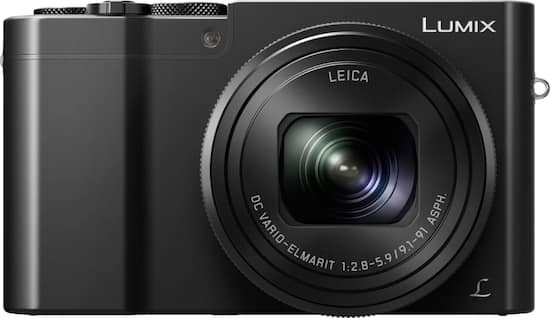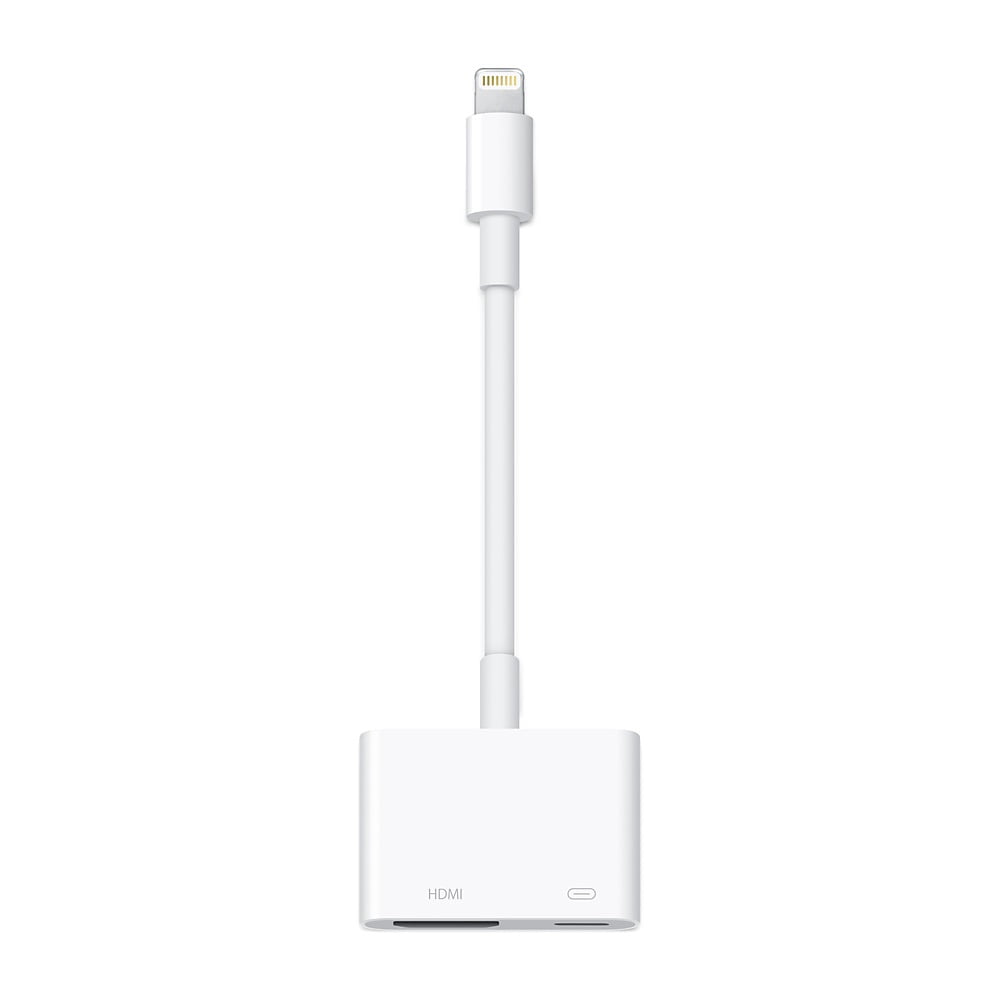Panasonic – LUMIX ZS100 1-inch 20.1-Megapixel Sensor Point and Shoot Digital Camera with LEICA DC 10X Lens – DMC-ZS100K – Black
Enjoy compact photography at its finest with this Panasonic Lumix digital camera. It features a massive 20-megapixel sensor with powerful zoom, and it includes vibration reduction and tilt correction processing.
20.1-megapixel 1″ High Sensitivity MOS sensor
Captures high-resolution images up to 5472 x 3648 pixels.
10x optical/up to 4x digital zoom
Through a LEICA DC VARIO-ELMARIT zoom lens, offering incredible flexibility with ranging from 25mm-250mm (35mm camera equiv.).
3″ color touch-screen TFT LCD display
For quick and easy navigation.
Eye-level Electronic Viewfinder
For a wider viewing experience.
4K Ultra HD video recording
Plus exclusive LUMIX 4K PHOTO and 4K Post Focus photo capture features.
The Venus Engine image processor
Enables both high-quality image capture and the high-speed signal processing required for 4K video recording.
HYBRID O.I.S.+ stabilization system
Uses 5-axis correction to fully suppress blurring caused by unwanted handheld shaking.
Tilt Correction function
Automatically detects and corrects camera tilt to let you record more confidently.
Full range of scene modes
Includes clear portrait, silky skin, clear in backlight, sweet child’s face, bright blue sky, sunset glow, glistening water, clear nightscape, glittering illuminations, handheld night shot, monochrome and more.
Face detection technology
Isolates subjects in-frame and optimizes conditions to take high-quality pictures of friends and family.
Continuous shooting mode
High-speed burst mode delivers up to 50 fps.
Auto, custom and preset white balance controls
Help achieve natural tones under different lighting conditions.
Built-in multi-mode flash
For taking pictures in a variety of conditions.
49-area autofocus
With single-area AF option for the clear and sharp pictures.
WiFi mobile device connectivity
Via Panasonic Image App for photo sharing and controlling camera features remotely.
Multicard slot
Supports SD, SDHC and SDXC memory cards.
Additional information
| Eye Autofocus (Eye AF) | Yes |
|---|---|
| Image Sensor Type | NMOS |
| Image Sensor Size | 1” (13.2 x 8.8 mm) |
| Burst Rate | 30 frames per second |
| Maximum Focal Length | 91 millimeters |
| Minimum Focal Length | 9.1 millimeters |
| Maximum Aperture | 2.8 f |
| Effective Pixels | 20.1 megapixels |
| Video Resolution | 3840 x 2160 |
| Wi-Fi Enabled | Yes |









by David
Decent point and shoot camera in bright light, it struggles a little in low light (compared to an SLR). Good zoom, nice size, a little slippery to hang onto. I purchased some 3D printed camera grips from Etsy and it made a huge difference. Overall it’s a good travel camera that performs better than your average point and shoot. Just don’t expect tack sharp professional photos, especially in low light or at max zoom.
by Robert
Decent camera. Low cost. It was all that was available at the time. I bought it as a starter camera. Ive not yet developed any photos. The long zoom seems a bit weak. It has many features we have not yet mastered.
by Macadoo
A fantastic high quality small or compact camera. You wont find a better one in this class.